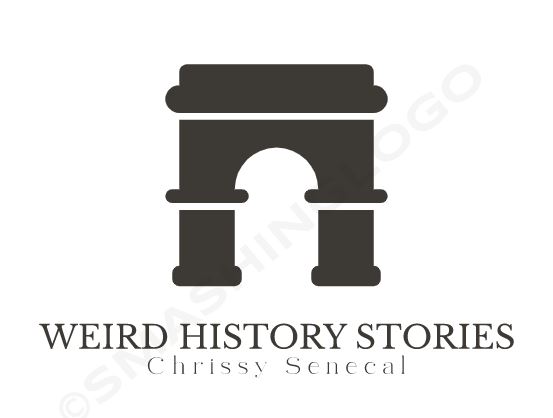The Death of the Last Abbasid Caliph, al-Musta
Oh, boo! Now I have to get walled off in a building surrounded by my own gold and given nothing to eat until I starve! — this might as well be the caption of the illumination here from the early 1400s, illustrating the death of the last ruler of the Abbasid Dynasty, often called the […]
The Death of the Last Abbasid Caliph, al-Musta Read More »




















